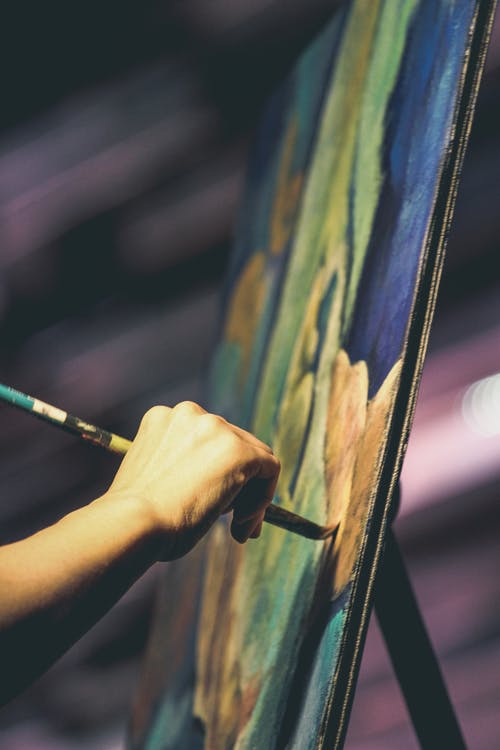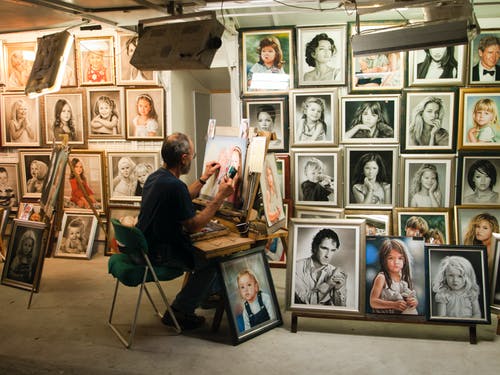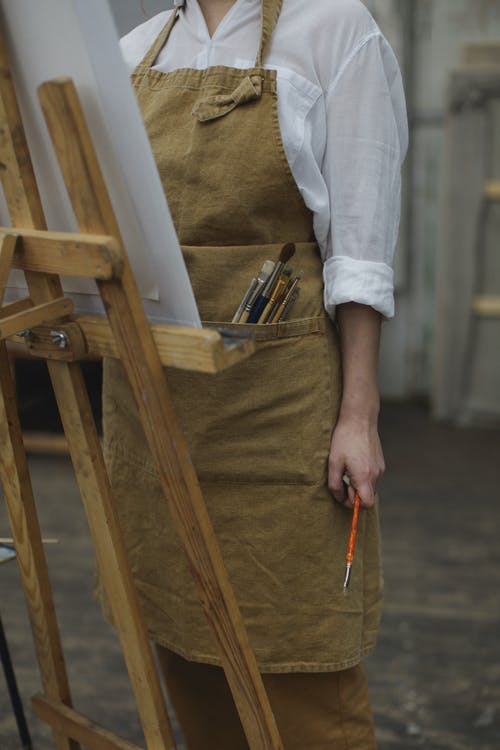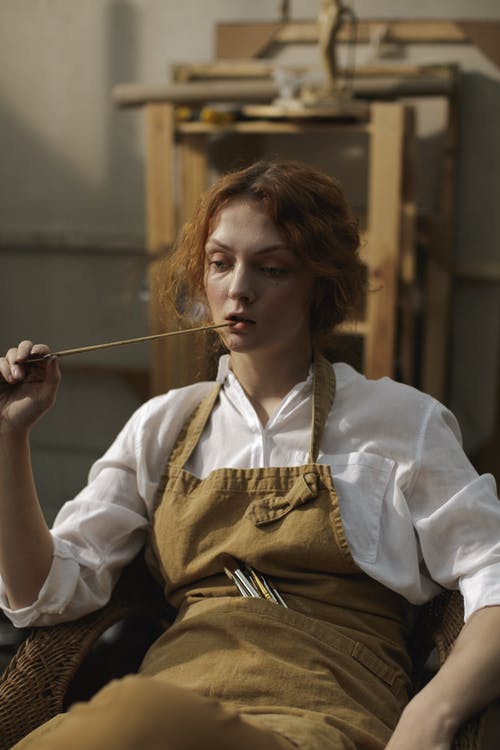Spending several hours in the studio trying to perfect your craft can take a toll on your health. Artists spend a long time ensuring that they satisfy their clients, and sometimes, it can be too demanding.
If you want to be at your best as a visual artist, you need to be in the right state of mind, devoid of addiction.
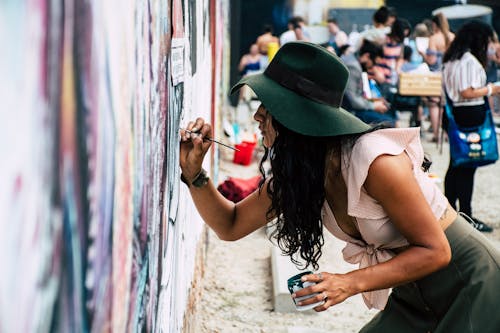
Here’s a round-up of some health tips that visual artists can apply to prevent addiction from springing up
Be hydrated regularly
One of the ways for visual artists to avoid addiction is to remain hydrated at all times. It might be hard for you to keep up with hydration especially when there is a bust of creativity and you don’t want to be distracted.
However, getting enough water helps to energize and keep you focused in the long run.
When you take sufficient water, you will discover that you can continue for a long time without wearing out.
Taking enough water eliminates the need to take substances like drugs or alcohol which some artists depend on to enhance their performance or productivity.
Engage in physical exercise
Another way to prevent addiction from happening is to work out or be physically active.
You can dedicate some minutes of your time each day to stretching your muscles and practicing some workouts. This would be great in giving you a good posture, improving your mood, reducing tiredness or fatigue, etc.
Learn to take a break
Artists need to learn to prioritize taking a break. There are times when you might experience a creative block, and this is because you’ve not given yourself a healthy distraction. You can consider going on a vacation or taking time away from work to focus on other interests.
Sleep regularly
Working for long hours on end might look attractive because you tend to meet milestones or targets that way.
However, visual artists need to take out time to get enough sleep. This helps manage stress and ensures that you remain productive in the long run.
